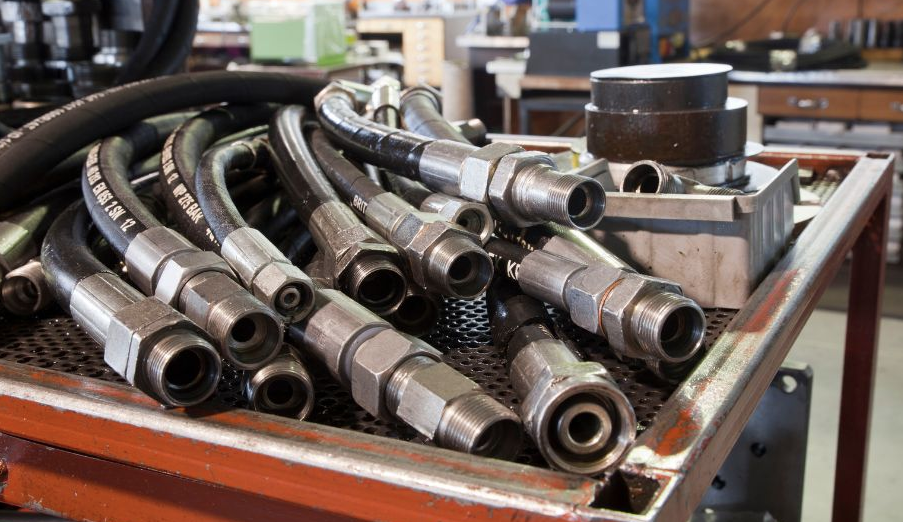
Instrumentation Drawings & Symbols
• Focuses on understanding the purpose of codes and symbols in engineering, including emergency or safety instrument codes, structure, tag numbers, abbreviations, function identification codes, and signal modifiers.
• Covers various drawing and document types, including process block diagrams, process flow diagrams, piping and instrumentation drawings, electrical loop drawings, DCS I/O loop drawings, and pneumatic loop drawings.
• Covers cause and effect charts, functional logic diagrams, and instrument installation hook-up diagrams.
• Designed to equip students in their engineering careers with a comprehensive understanding of these concepts.
• Instrument codes and symbols are graphically represented in technical diagrams such as Process Flow Schemes (PFD) and Pipeline and Instrumentation Drawings (P&ID).
• Special symbols are used to indicate the computer and the instruments connected to it.
• Process Monitoring Instrument Codes: Flow rate (F), Level (L), Pressure (P), Quality (Q), Speed (S), and Temperature (T).
• Emergency or Safety Instrument Codes: High level (H), Extreme high level (HH), Low level (L), Extreme low level (LL), Low flow (L), High-pressure (H), High temperature (HH), and High pressure (HH).
• Instrument tag number: Combination of location number code, function letter code, and serial number code.




